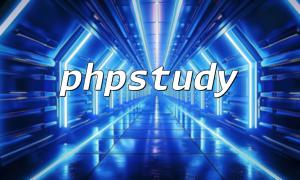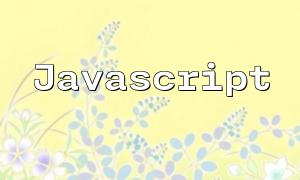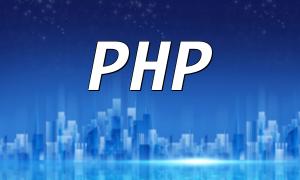With the diversity of modern software development stacks, integrating different technologies has become crucial. PHP, as a widely used server-side scripting language, offers several powerful frameworks like Laravel, Symfony, and CodeIgniter. These frameworks not only allow developers to build applications quickly but also facilitate seamless integration with other technologies, improving application scalability and flexibility. This article focuses on the benefits of PHP frameworks in integrating with various technologies.
Databases are at the core of any application, and PHP frameworks typically offer support for integrating with various databases, making it easier to interact with them. Modern PHP frameworks simplify database interaction through ORM (Object-Relational Mapping) tools.
ORM allows developers to interact with databases using object-oriented methods, eliminating the need for complex SQL queries. For instance, Laravel's Eloquent ORM makes database operations very simple and intuitive. Here's a basic example of performing CRUD operations using Eloquent:
// Create new user
$user = new User();
$user->name = 'John Doe';
$user->email = '[email protected]';
$user->save();
// Query user
$user = User::find(1);
// Update user
$user->email = '[email protected]';
$user->save();
// Delete user
$user->delete();
Modern PHP frameworks typically support multiple databases such as MySQL, PostgreSQL, SQLite, etc. For example, Symfony provides multi-database support through Doctrine ORM, allowing developers to choose the best-suited database for their needs. This flexibility makes PHP frameworks an ideal choice for building backend systems.
In addition to database integration, PHP frameworks integrate well with frontend technologies. As frontend frameworks like Vue.js, React, and Angular gain popularity, PHP frameworks can seamlessly interact with these technologies through APIs.
Building RESTful APIs is a key method for integrating PHP frameworks with frontend technologies. In Laravel, developers can easily build RESTful APIs using routes and controllers. Here's a simple example of defining API routes:
Route::get('/api/users', 'UserController@index'); // Get user list
Route::post('/api/users', 'UserController@store'); // Create new userWith this approach, frontend applications can interact with the PHP backend through HTTP requests, enabling dynamic data display and manipulation.
PHP frameworks usually come with powerful template engines like Laravel's Blade and Symfony's Twig. These template engines help developers render frontend views from the backend. When integrating with JavaScript frameworks, developers can either let PHP handle the rendering or pass the data to the frontend framework, allowing the frontend to render the views.
With the rise of cloud computing, PHP frameworks also provide great flexibility when integrating with various cloud services, including storage, computing, and third-party API integration, further enhancing the application's scalability and flexibility.
Many PHP frameworks support integration with cloud storage services like AWS S3 and Google Cloud Storage. For example, in Laravel, developers can easily interact with cloud storage using the Flysystem library.
Storage::disk('s3')->put('file.txt', 'Contents'); // Upload file to S3PHP frameworks also allow easy integration with third-party APIs. By using HTTP clients like Guzzle, developers can send requests to third-party APIs, fetch data, and process it. This integration can significantly enhance the application's functionality and improve user experience.
$client = new GuzzleHttp\Client();
$response = $client->request('GET', 'https://api.example.com/users');
$users = json_decode($response->getBody()->getContents());In conclusion, PHP frameworks provide robust tools and features that help developers seamlessly integrate with other technologies. Whether it’s databases, frontend frameworks, or cloud services, the flexibility of PHP frameworks makes application development more efficient and modular. By leveraging the features of PHP frameworks appropriately, developers can create efficient, flexible, and scalable applications.








